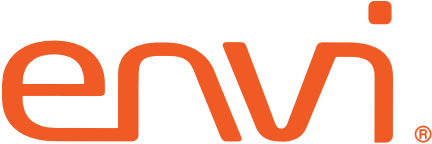Requisitioning Best Practices
“We use a central warehouse location, and our internal users submit requisitions through Envi that we can fill from the warehouse. Requisitioners are pointed directly to templates for their department, with the products they continually order. We set ‘min/maxes’ in the system and can easily replenish locations each day. It works perfectly – we don’t run out of products. Our team does all the ordering, so we can ensure purchases are on contract and orders are approved before being submitted.”
Cindy Plooster, Think Whole Person Healthcare
Optimize inventory levels in main inventory areas
Create streamlined, electronic requisitioning and approval processes
Track department expenses and compare to budget
Step 1: Distinguish your requisitioning requirements from your ordering requirements
???? Requisitioning supports the needs of internal “customers” – clinicians and end users – who request the products and supplies needed to support patient care in their clinical areas
???? Ordering is often limited to authorized team members in Supply Chain or Materials Management, and involves ordering product directly from vendors
– Ordering includes sourcing, negotiations on price and terms, contract management, understanding quantities and consumption, inventory management , packaging and delivery requirements, shipping terms and other tasks, depending on the organization


Step 2: Implement a requisitioning module that supports your central supply requirements and streamlines ordering
???? Train your teams on electronic requisitioning processes
???? Central supply staff members will be able to fulfill requisitions using their smart device, instead of managing paperwork
Step 3: Create department-specific templates for easy, efficient ordering in each area
???? Check your formulary to be sure it’s updated with all approved, on-contract items
???? Direct clinicians and other end-users to on-contract products in your approved formulary, to simplify requisitioning processes and drive reductions of off-contract spend
– Benefits: System-wide cost reductions, with increased visibility to product consumption
Step 4: Set-up electronic approval processes
???? Create approval process for non-contract, non-stock items, so requests can be identified and managed
???? Requisitions for products and supplies within the formulary should be easily approved, yet still flow through the approval process for tracking
Note: You can read more about best practices in approval processes here.


Step 5: Take physical inventory levels within your central supply area to build a good baseline; from here, you’ll be able to measure demand for each item
???? Requisitions improve tracking, so you’ll see what each department actually requests and consumes
Step 6: Manage inventory levels in central supply based on consumption data over time
???? Adjust inventory levels based on annual consumption data, with consideration to seasonality
???? Reduce overstocking, waste due to expiration, and related costs
– Benefits: Lower levels of on-hand inventory, improvements in cash flow, cost reduction
Step 7: Utilize reporting tools to capture charges for each department
???? Enable charge capture, cost tracking by department or service line
– Benefits: With better visibility, you can compare department expense to budget, and improve budgeting and planning based on more accurate data


